
views
Sprouting Moss Rose Seeds
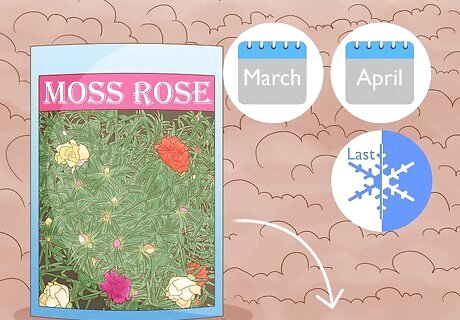
Sow the seeds after the last frost happens in your area. Moss rose seeds can be sown directly into your garden after the final frost in your region. The last frost occurs in spring, often in March or April, although the timing varies depending on your region. Search online for information on your growing zone to figure out when sowing moss rose seeds is safe in your area. If your area doesn’t experience frost, you can sow your seeds around March. You can start seeds indoors about 6 weeks before the last frost occurs if you'd prefer to plant seedlings. Grow the seeds in peat pots in a window that gets good sun or under an indoor growing lamp before transplanting them into your garden.
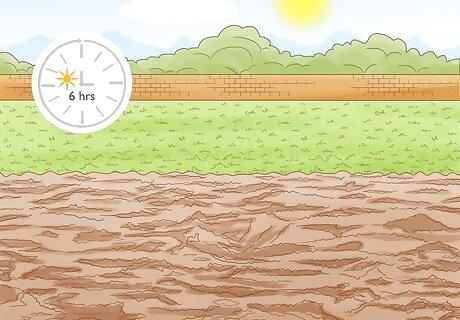
Choose a planting area that receives full sunlight. The best planting areas receive sunlight for 6 hours or more every day. Moss roses do well in desert conditions, so keep your seeds out in bright sunlight. Watch your garden to see where the sunlight falls throughout the day.
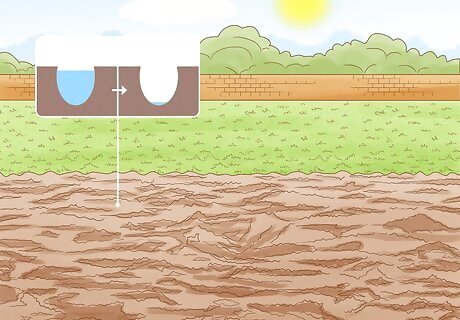
Select a site with well-draining soil. Moss rose plants do not do well in soggy soil. Avoid planting your seeds in clay. Instead, pick a spot in your garden where the soil dries out relatively quickly after getting wet. Find well-draining spots by watching your garden after a hard rain. Any spots that have pools of water a few hours after the rain stops should be avoided. You can amend areas of poor drainage by mixing sand into the soil. Moss roses grow well in rocky areas, including on rock walls and in the cracks along sidewalks.
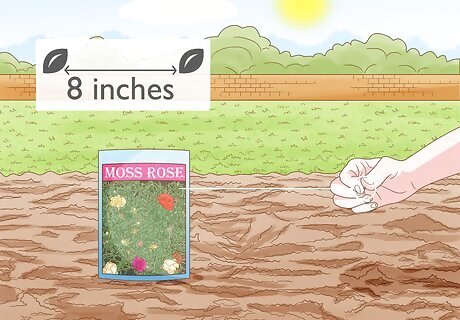
Spread the seeds 8 in (20 cm) apart. Fully-grown moss roses are about 6 to 8 in (15 to 20 cm) wide and 4 to 8 in (10 to 20 cm) tall. Give the seeds plenty of space so the plants aren’t crowded together later. Overcrowding may cause some plants to die off.
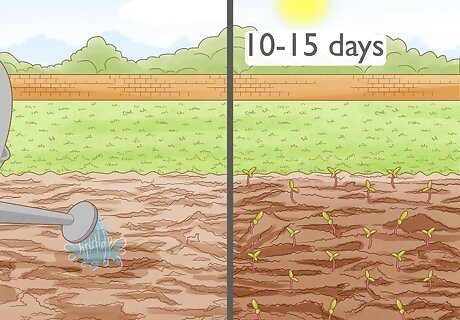
Water the seeds thoroughly until the moss rose grows. The seeds will sprout within 10 to 15 days. Until then, the seeds need almost daily watering to keep the soil moist. Check the soil every day and if it appears dry, use a watering can or misting bottle to remoisten the soil. Avoid using a hose, since the heavy spray can wash away seeds and young seedlings. After 10 to 15 days, the moss roses will be established. They will have green sprouts, short roots holding them in the soil, and survive with less water.
Growing Moss Rose from Cuttings

Take 3 times as many cuttings than you expect to grow. Although moss rose is relatively easy to grow from cuttings, you should still expect the cuttings to fail ⅔ of the time. You may have a better success rate than this, but it doesn’t hurt to prepare by taking more cuttings than you need. Moss roses can be grown from cuttings every year. After the first time you plant a moss rose, you may not need to buy new plants again.
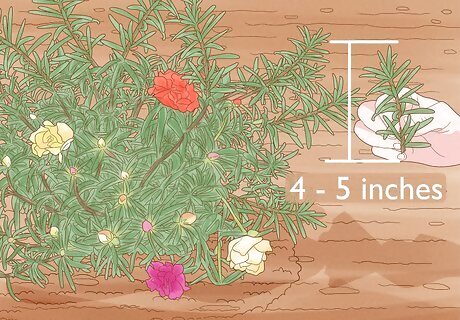
Cut a small portion off the top of the stem. Using sterilized pruning shears, trim about 4 to 5 in (10 to 13 cm) off the top of the plant. This should include at least 1 row of leaves or a node, which is a bump on the stem leaves sprout from. A fully-grown moss rose has several stems, so taking these cuttings won’t harm the plant. Remove lower leaves on the cuttings. Any leaves that would be underneath the soil or water in a growing tray will end up rotting. You may be able to take several cuttings from a full-grown plant without harming it.
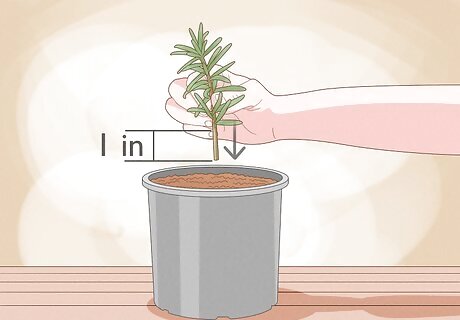
Plant the cutting in a pot of well-draining soil. Put it in a tray or pot filled with store-bought potting mix. Push the cutting about 1 in (2.5 cm) deep into the soil. Then, gently press down on the soil to compact it. Move the pot to a sunny spot so your cuttings get plenty of light. Growing cuttings in pots with potting soil is recommended because outdoor soil isn’t sterile. You can also grow the cutting in builder’s sand, perlite, or vermiculite. Peat moss is another possible growing medium. You can also mix peat moss with equal parts builder’s sand and perlite to create your own potting mix.
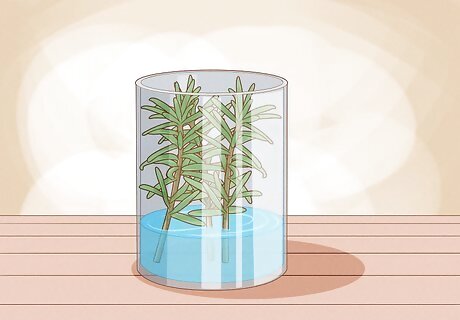
Root the cuttings in water if you can’t plant them right away. Fill a cup or jar with enough water to cover the bottom half of the stem. Remove any leaves that would be submerged in the water. Cuttings may grow short roots within a few days. After the root sprouts, move the moss rose to a growing tray to encourage the roots to grow further. You may temporarily store your moss rose in water while preparing the soil.
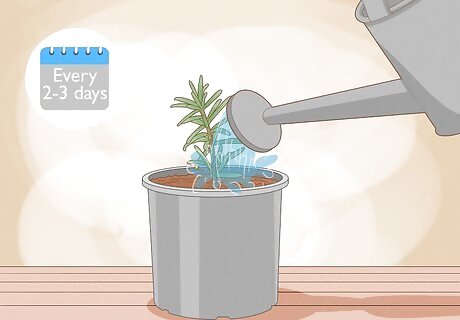
Water the soil every 2 or 3 days to keep it moist. Check the cuttings often to see how well they are growing. If the soil feels dry about 2 in (5.1 cm) deep, add small amounts of water until the soil is moist again. Moss roses do not need a lot of water, but moist soil prevents the cuttings from drying out. You will need to do this for about 2 weeks until the cuttings grow roots.
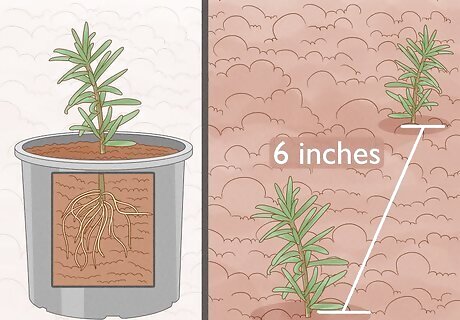
Transplant the cuttings outdoors after they grow roots. After about 2 weeks, the cuttings will feel hard to move because of the roots holding them to the soil. When this happens, carefully dig around each plant to uncover the root ball. You can then move the cuttings to sunny spots with well-draining soil outdoors. Space the cuttings at least 6 in (15 cm) apart and plant them in holes as deep as the root ball. Before you move the cuttings outside, you should harden them off by placing them outdoors for a few hours each day. Start with 3 hours in a shady spot that's protected from the wind. Increase the length of time the cuttings spend outside by a few hours each day for about a week. They should then be ready to be transplanted. You can mix a balanced fertilizer into the soil to help the transplanted cuttings grow. After being transplanted, the cuttings only need to be watered once a week.
Planting Store-Bought Moss Rose
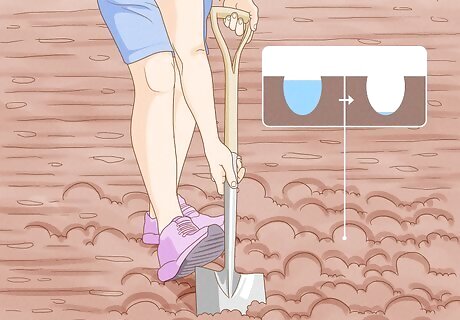
Choose a location with well-draining soil. Moss roses need soil that stays mostly dry. Once you have found a good spot, turn the soil over with a spade. Mix sand into the soil as needed to ensure it drains properly. If your garden soil doesn’t drain well, consider growing moss rose in a container with a potting mix.
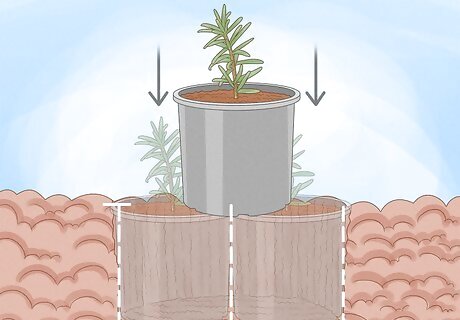
Dig a hole as deep as the moss rose’s root ball. Keep the moss rose nearby as you dig out the hole. You can put the plant’s container in the soil for use as a comparison. The hole should be as deep as the container and 2 times as wide.

Remove the moss rose from its container. Lightly grip the bottom of the stem with 1 hand. Tip the pot onto its side so its contents spill out. Support the root ball with your other hand as you gently move the plant out of the container. Avoid tugging on the stem, since this can damage your moss rose. If the plant is stuck in the soil, use a spade to loosen the dirt around the container’s edges. Alternatively, squeeze the sides of the container to loosen the plant.
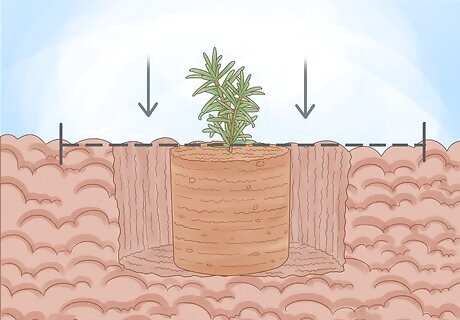
Plant the moss rose in the soil. Position your moss rose in the center of the hole you dug. It should be buried at the same depth as it was in its old pot. The root ball should be underneath the soil line. Make sure the rest of the plant is above the soil’s surface. Cover the root ball with soil, then pat the soil down gently to eliminate air pockets.
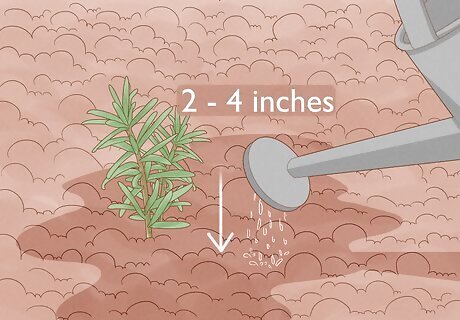
Water the soil immediately after planting the moss rose. Use a watering can or a misting bottle to lightly moisten the soil. Continue adding water until the soil is moist 2 to 4 in (5.1 to 10.2 cm) deep. Avoid saturating the soil with water, since this can lead to rotten plants.
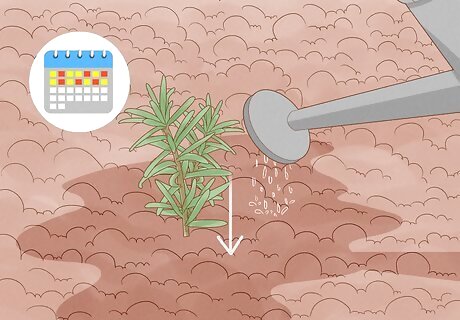
Water the soil every few days for 2 weeks. Frequent watering during this time period helps the rose adapt to its new environment. Check the soil daily, making sure it is moist about 2 in (5.1 cm) deep. Remoisten the soil every 2 or 3 days. If you mist the soil, you may need to apply water daily for up to 4 weeks. After about 2 weeks, the plant should be established. It will have roots that make it difficult to move. You can then reduce watering to once a week.
Caring for Established Moss Roses
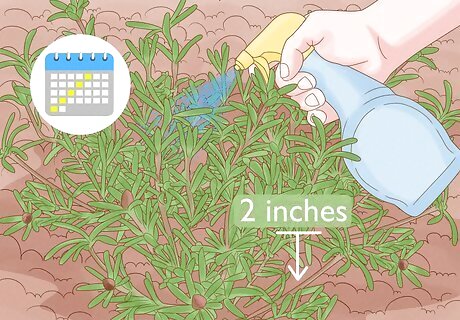
Water your moss rose approximately once a week. Moss roses tolerate drought well, although you should still keep the top 2 in (5.1 cm) of soil moist. Use a watering can or misting bottle around the base of the plant. Avoid watering the foliage and flowers directly, which can result in disease. Avoid using a hose or sprinkler. These devices can damage delicate flowers you worked hard to cultivate.
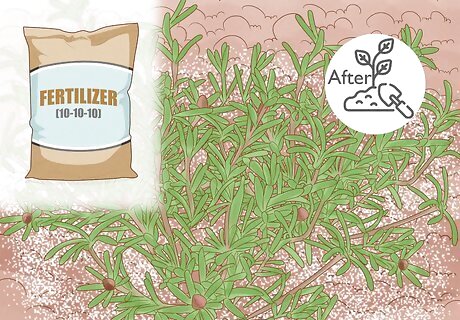
Fertilize the soil after planting the roses. Moss roses do not need a lot of fertilizer as they grow. You can spread a little bit of fertilizer around the plant to help it get started in new soil. Choose a store-bought fertilizer that is either balanced or high in nitrogen. Spread it over the soil according to the directions on the label. A balanced fertilizer may be labeled as 10-10-10. The numbers indicate the nitrogen, phosphorus, and potassium content, respectively.
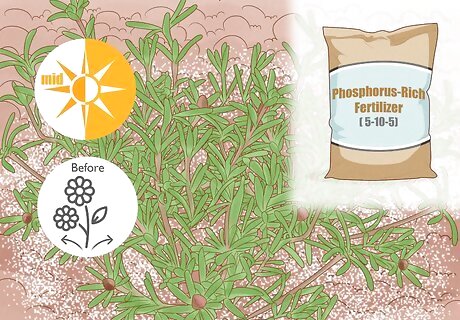
Apply fertilizer in mid-summer before the flowers bloom. A little bit of fertilizer can lead to fuller blooms. Use a phosphorus-rich or all-purpose fertilizer during your area's growing season. Follow the directions on the label to spread a small amount of fertilizer over the growing area. A phosphorus-rich fertilizer may be labeled as 5-10-5. Too much fertilizer can prevent the flowers from blooming.

Pinch off dead flowers to encourage new growth. Watch the moss roses for wilting flowers after they bloom in summer. You can deadhead your roses, which means pruning off dead flowers. Pinch off the flowers with your fingers or use shears to cut them off at the stem. Deadheading preserves the rose’s energy so it produces new, healthy blooms. This is because it uses its nutrients to grow new flowers rather than seeds. Deadheading isn’t a necessity with moss roses, so you can let your plants fade naturally if you don’t feel like pruning them.
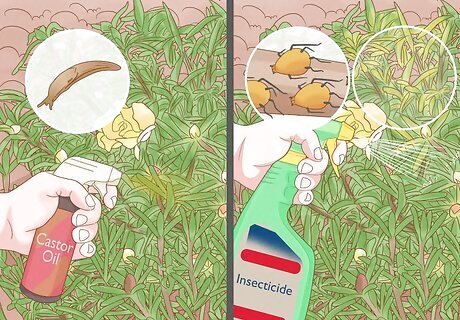
Control pests with an insecticide spray. You may notice spots, yellowing, or clusters of bugs on your roses. Aphids are a threat, but they can be controlled with a store-bought spray. Follow the manufacturer’s instructions to lightly treat the plant with the insecticide. Slugs and snails may also be a problem. Spray castor oil on the plant or spread repellent pellets. Make sure your plant isn’t overwatered, since this can be the cause of fungi and rot. You may want to try a natural, nontoxic pest removal method. For example, you could catch slugs and snails in beer traps. You can remove aphids by spraying them with a strong stream of water or by spraying them with horticultural soap.

Weed out excessive moss roses. Moss roses are tough plants that spread rapidly, so they may seem like weeds. While you can try to prune back these plants, they will continue to grow. Remove them by pulling them out of the soil. You may need to dig into the soil to eliminate the roots. Moss roses will spread seeds every year, so watch for new growth in the spring.

















Comments
0 comment